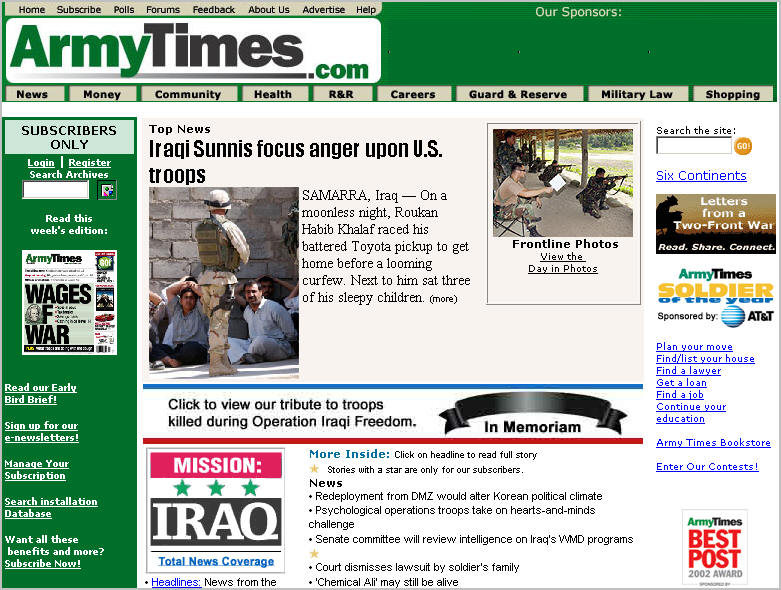October 1, 2009 -- The Internet has impacted news and journalism more than almost any other category of information. Newspapers have always been important research resources for users of libraries, archives and historical societies. But significant events are now reported in new ways, such as through blogs, podcasts, social-networking services, online news aggregators and multimedia web content. To address this change, the National Digital Information Infrastructure and Preservation Program convened a two-day workshop to discuss a national strategy for collecting and preserving news content that is disseminated only in digital form.
The meeting on September 2-3, 2009, brought together over fifty invited specialists in the field: creators, distributors, archivists, and researchers who depend upon historical news. The topics for discussion included the following:
- What is digital news? Who produces it? What forms does it take?
- What is important to preserve for the nation?
- What collaborative efforts for preservation are succeeding now?
- What are the roles for content owners and public archives in preserving digital news?
- What roles do "local" and "national" content and organizations serve?
- What are some strategies and possible models for addressing the issues in a distributed way?

Example of digital news: screenshot of Army Times website from the middle of the Iraq War in 2003.
Presentations from the Library’s Congressional Research Service, the Center for History and New Media at George Mason University, CNN, Associated Press, WGBH Boston, Wisconsin Historical Society, CBS News and DocumentCloud helped frame the discussion.
A number of lively conversations among the diverse participants prompted several innovative solutions, including blogs that self-archive (external link) and newspapers that opt-in to public institution web archiving. Case studies and analyses of how historical news is consumed and used, especially with regard to dynamic and multi-media content, were suggested. Local news blogs were deemed an important area to monitor as they seem particularly at-risk and ripe for a distributed solution. Marshall Breeding, Director for Innovative Technology and Research at Vanderbilt University Library remarked, "The wide variety of individuals representing different aspects of the topic was very helpful. This really helped inform my perspective on many aspects of the issues."
This meeting was the second of three sessions planned to consider how NDIIPP can expand its work with other stakeholders in providing stewardship for digital materials with value for current and future research use. An earlier session focused on public policy on the web.
